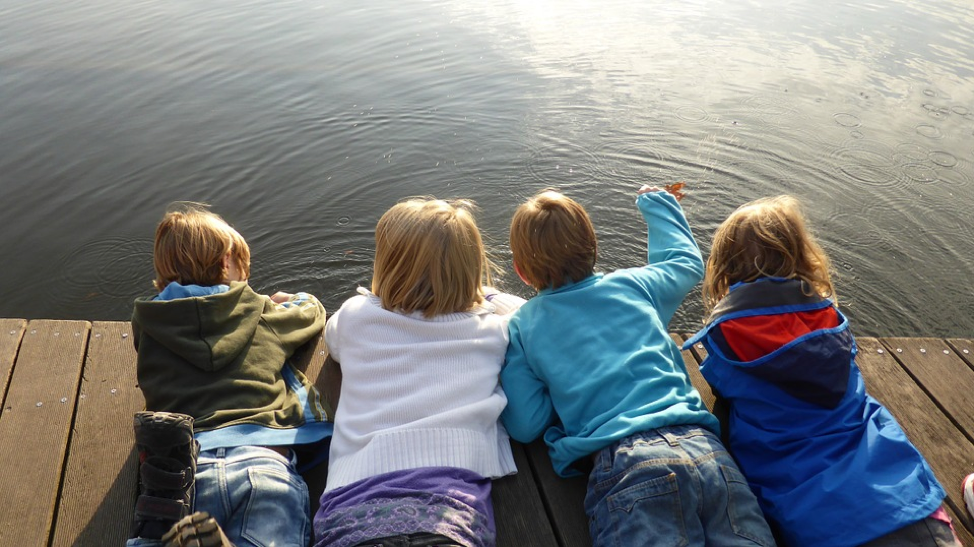By Alexandria Anderson, Carbon & Emery Opioid & Substance Use Coalition Member
There are many things that can impact how a youth navigates the world and their life. The younger a youth is, the more impactful these things can be on their life. In substance use disorder prevention, the goal is to introduce and strengthen protective factors while limiting risk factors in youth as early as possible. Knowing what these factors are can help you positively influence a youth’s life now and ripple into their future.
- Risk factors are behaviors or environmental factors that can lead to behavior problems. Examples of risk factors are family conflict, availability of drugs, lack of commitment to school, and early and persistent antisocial behavior. These behaviors and behaviors like them can lead to problem behaviors such as substance use, violence and school drop out.
- A protective factor is just the opposite; they are factors that can prevent problem behavior. Some protective factors are emotional competence, resilience, opportunities for positive social involvement, positive family time and self-determination.
Substance use disorder prevention uses multiple tested and effective prevention strategies to limit the impact of these risk factors and increase the impact of protective factors on youth. For example, one of these evidence-based prevention strategies is the Social Development Strategy (SDS). The great thing about the SDS is that anyone can use it to help the youth in their life to live a happy, healthy life. So, how do we do that?
As an adult, you can use the SDS to bond with youth by providing opportunities for a youth to build a skill and then recognizing them for that skill. The goal of the SDS is for the adults to build a bond with youth to provide positive, healthy social development. This bond will lead the youth to follow the clear standard set by the adults in their lives. This bond will also allow youth to have a role model for healthy behaviors. An example of the SDS:
- A neighbor is fixing her car and sees that one of the neighborhood children is interested in what she’s doing. So, she allows them to come see what she’s doing and even teaches them how to change the oil on a car. Then, she invites their parents and allows them to show their parents their new skill. The youth in this example now has a new adult to look up to, a new skill and received recognition on this skill. They will be more likely to follow the standards set in their neighborhood because they have a relationship with their neighbor and are less likely to exhibit problem behaviors related to their community, such as vandalism.
- An important factor to the SDS is the characteristics of the youth you are trying to bond with. If the neighbor child did not have an interest in cars, the neighbor may have had a harder time bonding because the child would not be interested in the activity. So, if you want to use the SDS to bond with a youth, try providing an opportunity for the youth to learn a skill in something they are interested in.
Any adult a youth comes in contact with has the opportunity to positively impact that youth’s life. The Social Development Strategy just provides labels to the process and the ripple of prevention through this process can have lifelong positive impacts. Don’t underestimate your influence on a youth’s life, and use whatever opportunities you have to reduce problem behaviors and boost protective factors.
Learn more about local prevention efforts and get involved. Start here: https://utahprevention.org/

